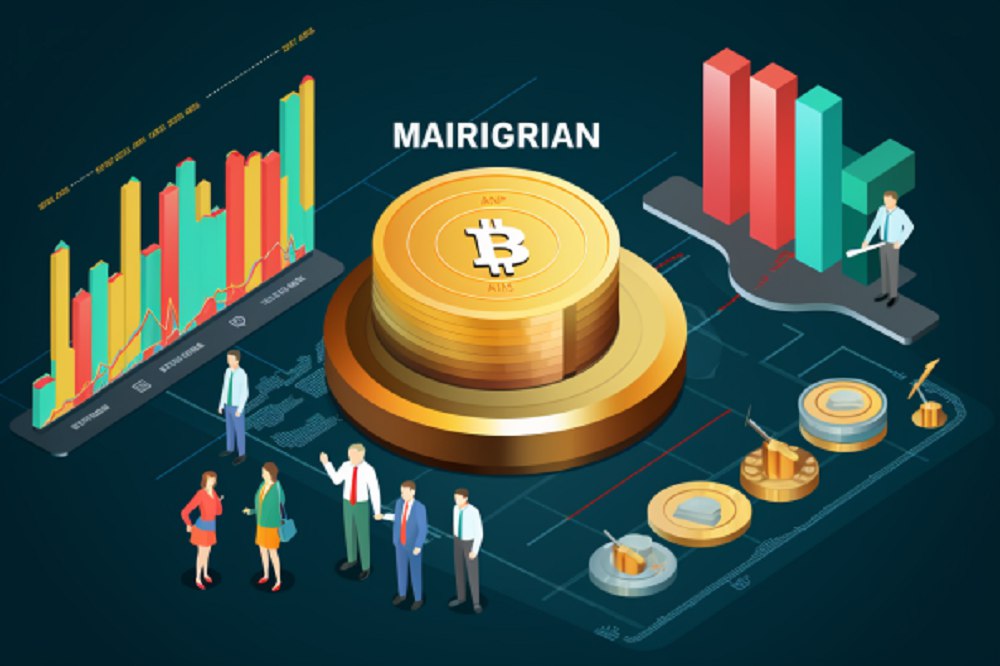Is Margin Trading Risky?
The emergence of virtual currencies has ushered in many investment or trading strategies people explore to earn profits from their crypto holdings. Suppose you have $100 and decide to buy Bitcoin (BTC), hoping its price will rise by 20% in the long term.
If the price does rise and you sell it, you gain $20 as a profit. On the other hand, consider using that same $100 to purchase $1,000 in BTC. This type of trading is known as leverage.
In trading with leverage, you could end up with $200 as profit, effectively doubling your money. You could also use that $100 to stake the price of BTC falling. This is referred to as being a short seller.
In broader terms, this is referred to as margin trading. A risky trading strategy in the crypto world, where borrowing money to trade (known as “leverage”) can increase both gains and losses for a trader.
Many traders prefer futures and perpetual swap markets for margin trading in the crypto space. However, these options are primarily available on large exchanges like Binance, with varying fees and leverage ratios.
It is worth noting that crypto markets are highly volatile, and margin trading increases traders’ risk exposure. As an investor, if the market moves against you, you could lose all or part of your funds.
A margin call occurs when traders have to deposit more money to secure their trade.
Margin Trading Explained
Margin trading, also known as leveraged trading, entails betting on cryptocurrency markets with borrowed funds, allowing investors to risk only a portion of their capital. Thus, your Margin is the amount of crypto assets required for a leveraged trade.
Margin trading positions are classified into two types:
Short position: When you enter the market based on your analysis, a particular token’s price will fall.
Long position: When you stake in the price of an asset to rise.
In a long trading position, you purchase a crypto asset to sell at a higher price later, should the value increase. This can also be accomplished without the use of Margin.
A short position entails selling a cryptocurrency at its current price to repurchase it at a lower price, profiting from the market price difference.
Leverage is expressed in terms of ratios such as 20:1 or 100:1. For example, if you have $2,000 worth of crypto in your trading account and want to open a long position with a 100:1 leverage, you only need to provide collateral (your funds) equal to 1% of your position size.
The remaining 99% will be supplied by the exchange you use.
Benefits Of Margin Trading
Margin trading has several advantages over simply holding your Bitcoin stash.
Magnifies Gains: If the market moves in your favor, margin trading allows you to double your profits.
Hedging: If you hold a large amount of BTC and want to reduce the risk of its price tumbling, you can hedge by opening a short position.
However, keep in mind that these returns also come with risks. While margin trading can increase your profits, it also intensifies your risk of loss if you don’t apply proper risk management strategies.
Cross or Isolated Margin
Margin options on crypto exchanges are typically divided into two types: cross and isolated.
Isolated Margin allows the allocation of specific margins (collateral) to various trading pairs like BTC/USDT or ETH/USDC. The benefit is that it limits your overall margin level because it controls the risk to specific pairs.
Cross-margin enables you to apply the same Margin to all your open positions. Here, individual positions are less likely to be liquidated. However, you risk losing your entire account in adverse market actions.
Liquidation And Margin Call
The margin level refers to the money the exchange requires in your account. It indicates how close you are to liquidation.
When your margins become unhealthy, the exchange may sell your collateral to cover the loss. This process is called “forced liquidation” in the crypto ecosystem due to how it is carried out.
Usually, the trader will receive a “margin call” from the crypto exchange before the liquidation. This is a warning that the trader must take further action to avoid liquidation.
Strategies On How To Manage Risks
Margin trading can be appealing, but it is risky for beginners who need a proper risk management plan to checkmate losses. Below are some experts’ advice on how to protect your trading funds:
Create a Separate Trading Account: Reserve some of your funds for margin trading in another wallet. Thus, you protect the majority of your capital.
Set a stop-loss: Set a price level below the threshold at which you want the exchange to exit your position automatically. This helps to limit potential losses and avoid losing everything.
Take gains: While taking profits at specific price points may reduce your overall potential earnings, it is a significant risk management strategy that allows you to keep control of your investment funds.
Overlook revenge trading: After suffering losses in the crypto markets, the temptation to recoup your losses in a single trade can be overwhelming. However, you should carefully assess the risks and avoid making reckless trading decisions.
Like in other trades, patience and a well-thought-out strategy are essential for success in margin trading.
